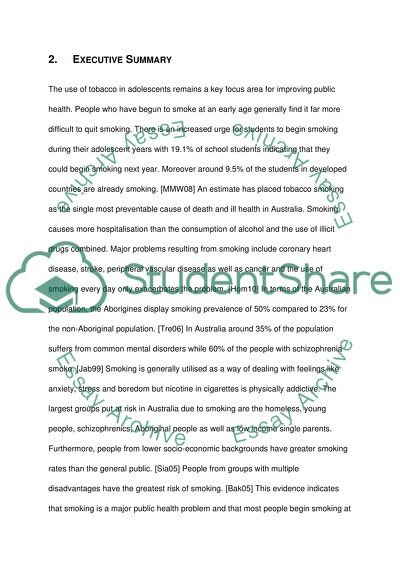Cite this document
(“Epidemiology & Population Health: Briefing or Discussion Paper Essay”, n.d.)
Epidemiology & Population Health: Briefing or Discussion Paper Essay. Retrieved from https://studentshare.org/health-sciences-medicine/1433335-epidemiologypopulation-health-briefing-or
Epidemiology & Population Health: Briefing or Discussion Paper Essay. Retrieved from https://studentshare.org/health-sciences-medicine/1433335-epidemiologypopulation-health-briefing-or
(Epidemiology & Population Health: Briefing or Discussion Paper Essay)
Epidemiology & Population Health: Briefing or Discussion Paper Essay. https://studentshare.org/health-sciences-medicine/1433335-epidemiologypopulation-health-briefing-or.
Epidemiology & Population Health: Briefing or Discussion Paper Essay. https://studentshare.org/health-sciences-medicine/1433335-epidemiologypopulation-health-briefing-or.
“Epidemiology & Population Health: Briefing or Discussion Paper Essay”, n.d. https://studentshare.org/health-sciences-medicine/1433335-epidemiologypopulation-health-briefing-or.


